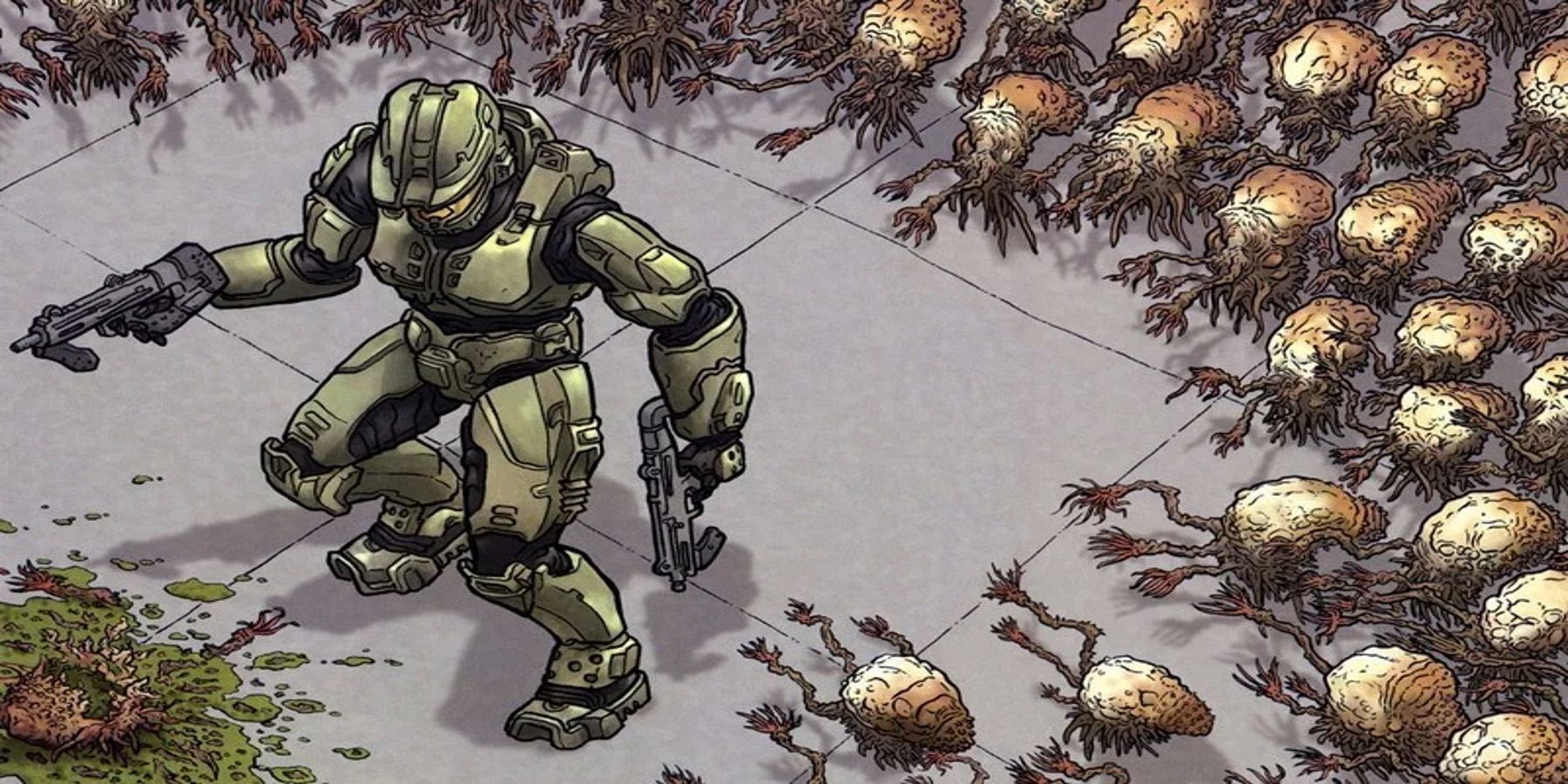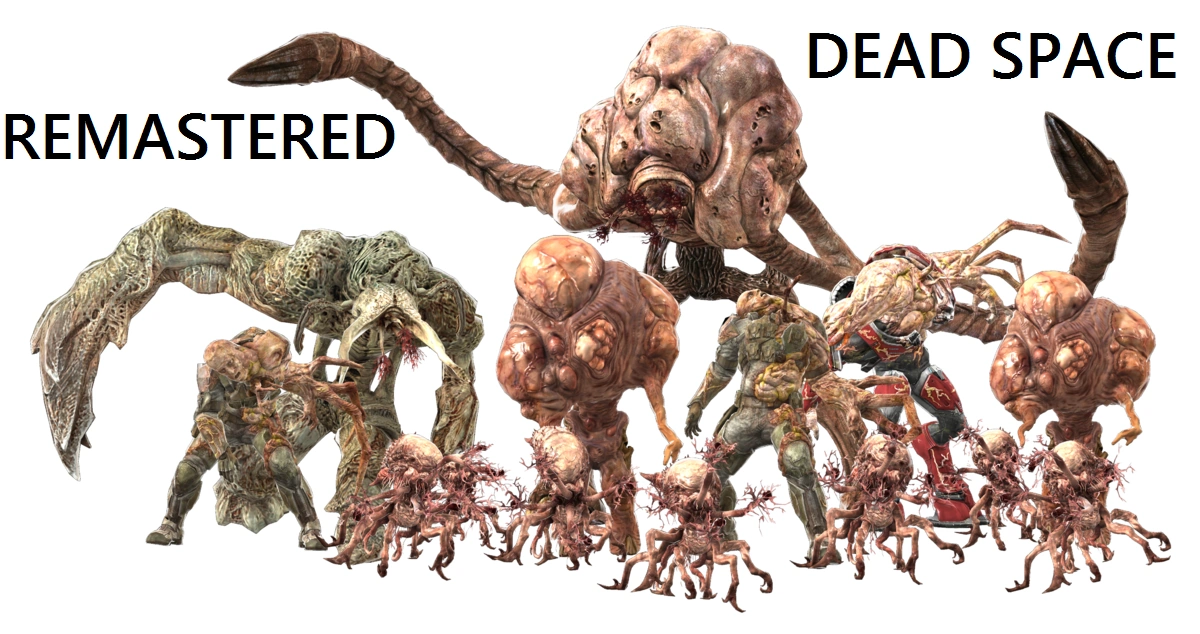Evolution in the flood chapter 1 – As “Evolution in the Flood: Chapter 1” takes center stage, this opening passage beckons readers into a world crafted with meticulous care, ensuring a reading experience that is both absorbing and distinctly original. The chapter delves into the fascinating interplay between evolution and the biblical flood, promising a journey that is as enlightening as it is thought-provoking.
Evolution in the flood chapter 1 delves into the captivating concept of evolution, unraveling its mechanisms and exploring its profound implications for the diversity of life on Earth. The chapter meticulously examines the role of the flood in shaping the distribution and characteristics of species, inviting readers to ponder the interplay between science and faith.
Evolution of Species

Evolution is the process by which species change over time. It’s a gradual process that happens over many generations. Evolution is responsible for the diversity of life on Earth. It’s how we got from simple, single-celled organisms to complex, multicellular organisms like humans.
We all know the drill. Evolution in the flood chapter 1, then the dreaded ap stats chapter 9 test . But hey, don’t sweat it! It’s just a matter of understanding the basics of evolution and applying them to the flood story.
Easy peasy!
Mechanisms of Evolution, Evolution in the flood chapter 1
There are a few different mechanisms of evolution. Natural selection is the most important. Natural selection is the process by which organisms that are better adapted to their environment are more likely to survive and reproduce. Over time, this can lead to significant changes in a population.
Genetic drift is another mechanism of evolution. Genetic drift is the random change in the frequency of alleles in a population. This can happen due to a number of factors, such as natural disasters or population bottlenecks. Genetic drift can lead to the loss of genetic diversity, which can make a population more vulnerable to extinction.
The premise of evolution in the flood chapter 1 explores the origins of life on Earth and the transformative power of nature. Just as the characters in don’t cry sunbae chapter 1 evolve through challenges and heartache, so too does the planet undergo constant change and adaptation.
The flood serves as a metaphor for both personal and planetary renewal, reminding us of the resilience and adaptability that lie within us all.
Examples of Evolution
There are many examples of evolution in the natural world. One example is the evolution of antibiotic resistance in bacteria. When bacteria are exposed to antibiotics, they can develop resistance to them. This is because the bacteria that are resistant to antibiotics are more likely to survive and reproduce. Over time, this can lead to a population of bacteria that is resistant to antibiotics.
The evolution of the Flood Chapter 1 is a fascinating tale of survival and adaptation. Just like the arcane sniper in arcane sniper chapter 1 , who must master the art of stealth and precision to overcome formidable foes, the characters in the Flood Chapter 1 face their own unique challenges and must evolve to survive the relentless onslaught of the floodwaters.
Another example of evolution is the evolution of the peppered moth. The peppered moth is a moth that lives in England. During the Industrial Revolution, the pollution from factories caused the trees in England to become darker. This made it harder for the peppered moths to camouflage themselves from predators. Over time, the population of peppered moths evolved to become darker. This is because the darker moths were more likely to survive and reproduce.
The Role of the Flood: Evolution In The Flood Chapter 1

The chapter presents the flood as a significant event that influenced the evolution of life on Earth. It proposes that the flood acted as a catalyst for rapid speciation and diversification, shaping the distribution and diversity of species we observe today.
The Impact of the Flood on Species Distribution
The flood is believed to have caused extensive geographic isolation, separating populations of organisms and creating new barriers to gene flow. This isolation led to the divergence of populations over time, resulting in the formation of new species. The flood also caused the extinction of many species, opening up ecological niches for the surviving species to exploit.
Evidence Supporting the Role of the Flood in Evolution
The chapter cites several lines of evidence to support the role of the flood in evolution:
– The fossil record shows a sudden increase in the diversity of species after the flood, suggesting a period of rapid speciation.
– The distribution of species around the world is consistent with the hypothesis that the flood caused geographic isolation and subsequent divergence.
– Genetic studies indicate that many species have a common ancestor that lived shortly after the flood, further supporting the idea of a rapid post-flood diversification event.
Implications for Human Evolution

The theory of evolution by natural selection has profound implications for our understanding of human origins. It suggests that humans, like all other species, have evolved over millions of years from a common ancestor. This idea has been supported by a wealth of evidence from fields such as comparative anatomy, genetics, and the fossil record.
One of the most compelling pieces of evidence for human evolution is the fact that we share 98% of our DNA with chimpanzees, our closest living relatives. This genetic similarity suggests that we diverged from a common ancestor relatively recently, within the last 6 million years.
Evidence Supporting Human Evolution from Primates
- Comparative anatomy: Humans and other primates share many anatomical similarities, including the same basic body plan, limbs, and organs. These similarities suggest that we share a common ancestor.
- Genetics: As mentioned earlier, humans and chimpanzees share 98% of their DNA, indicating a close genetic relationship.
- Fossil record: The fossil record provides evidence of transitional species that link humans to other primates. For example, Australopithecus afarensis, which lived about 3.9 million years ago, is considered a possible ancestor of both humans and chimpanzees.
Ethical and Societal Implications of Evolution
The theory of evolution has significant ethical and societal implications. It challenges traditional beliefs about the origins of life and the nature of humanity. Some people have argued that the theory of evolution undermines religious beliefs and moral values. However, others have argued that it provides a more scientific and naturalistic understanding of the world and our place in it.
The theory of evolution has also been used to justify discrimination and racism. In the 19th and 20th centuries, some scientists and social theorists argued that certain races were more evolved than others. This led to the development of racist ideologies that were used to justify slavery, colonialism, and other forms of oppression.
Today, the theory of evolution is widely accepted by the scientific community. It is a powerful tool for understanding the diversity of life on Earth and the history of our own species. However, it is important to be aware of the ethical and societal implications of the theory and to use it responsibly.
End of Discussion

As we reach the concluding chapter, the discussion culminates in a captivating summary that ties together the intricate threads of evolution, the flood, and human origins. The chapter leaves readers with a profound sense of the interconnectedness of all living things and the enduring power of scientific inquiry.